
What Does Indices Mean? A Beginner's Guide to Market Indices in 2025

If you've ever heard financial news mention "the Dow is up" or "the S&P 500 reached a new high," you've encountered market indices. But what exactly does "indices" mean, and why do these numbers dominate financial headlines?
The word "indices" (pronounced IN-duh-seez) is simply the plural form of "index"—and in the financial world, it refers to measurement tools that track the performance of groups of assets. Think of an index as a thermometer for a specific market or sector, providing a single number that represents the collective movement of many individual investments.
In 2025, understanding what indices mean has become essential for anyone interested in investing, whether you're building a retirement portfolio or exploring cryptocurrency markets. This comprehensive beginner's guide will demystify indices, explain how they work, and show you how modern innovations like the TM Global 100 crypto index are making sophisticated index investing accessible to everyone.
What Does "Indices" Mean? The Basic Definition
Let's start with the fundamentals. An index (singular) is a statistical measure that tracks the performance of a group of assets. Indices (plural) refers to multiple such measures.
In finance, when someone asks "what does indices mean," they're typically referring to market indices—benchmarks that measure:
- Stock market performance (like the S&P 500 tracking 500 large U.S. companies)
- Sector-specific performance (like technology or healthcare stocks)
- Asset class performance (like bonds, commodities, or real estate)
- Cryptocurrency market performance (like the top 100 digital assets)
Think of an index like a shopping basket. Instead of tracking the price of individual items separately, you measure the total cost of everything in the basket. If most items in your basket get more expensive, the basket's total value rises. If most items get cheaper, the total value falls.
Market indices work the same way. They combine many individual securities into a single measurement, providing a snapshot of how that particular market or sector is performing overall.
Why We Use the Word "Indices" Instead of "Indexes"
You might wonder: why "indices" and not "indexes"? Both are actually correct plural forms of "index," but they're used in different contexts:
- Indices is the traditional plural form borrowed from Latin, commonly used in:
- Financial and economic contexts (stock market indices)
- Scientific and mathematical contexts (statistical indices)
- Academic and formal writing
- Indexes is a more modern English plural, often used for:
- Book indexes (alphabetical lists at the back of books)
- Database indexes (organizational structures in computer systems)
- Casual conversation
In finance and investing, "indices" remains the standard term. When you hear analysts discussing "major indices," "global indices," or "benchmark indices," they're using the traditional financial terminology.
How Do Indices Work? The Mechanics Explained
Understanding what indices mean requires grasping how they're constructed and calculated. While the specific methodology varies, all indices share common elements:
Selection Criteria
Every index defines rules for which assets to include. These criteria might be:
- Market Capitalization: The S&P 500 includes 500 of the largest U.S. publicly traded companies by market value.
- Geographic Location: The FTSE 100 tracks the largest companies listed on the London Stock Exchange.
- Sector Focus: The Nasdaq-100 emphasizes technology and growth companies.
- Asset Type: Some indices track bonds, commodities, real estate, or cryptocurrencies rather than stocks.
- Ranking System: A crypto index might track the top 100 digital assets by market capitalization, automatically updating as rankings change.
Weighting Methods
Once assets are selected, indices must determine how much influence each asset has on the overall index value. Common weighting methods include:
- Market-Cap Weighted: Larger companies have proportionally more influence. If Apple is worth $3 trillion and represents 6% of total market cap, it gets 6% weight in the index. This is the most common method, used by the S&P 500 and most major indices.
- Price-Weighted: Higher-priced stocks have more influence regardless of company size. The Dow Jones Industrial Average uses this method, meaning a $300 stock moves the index more than a $50 stock.
- Equal-Weighted: Every asset gets the same weight regardless of size or price, providing more balanced exposure.
- Factor-Weighted: Assets are weighted by specific characteristics like volatility, momentum, or fundamental metrics rather than just size or price.
Rebalancing Schedule
Markets change constantly. Companies grow or shrink, new companies emerge, and old ones disappear. Indices must periodically rebalance to maintain their intended composition:
- Quarterly Rebalancing: Many traditional stock indices update four times per year.
- Annual Rebalancing: Some simpler indices rebalance just once yearly.
- Weekly Rebalancing: Fast-moving markets like cryptocurrency benefit from more frequent updates to track current market leaders.
- Event-Driven Rebalancing: Some indices rebalance when specific triggers occur, like a company's market cap crossing a threshold.
A crypto index is a rules-based basket tracking a defined universe—such as a top-100 market-cap set—with scheduled rebalances. The frequency matters greatly in fast-moving markets where leadership changes rapidly.
Types of Indices: Understanding the Landscape
Indices come in many varieties, each serving different purposes:
Broad Market Indices
- S&P 500: 500 large U.S. companies across all sectors, representing about 80% of U.S. market capitalization.
- Dow Jones Industrial Average: 30 blue-chip U.S. companies, the oldest and most famous index (created 1896).
- Russell 2000: 2,000 small-cap U.S. companies, tracking smaller businesses.
- MSCI World: Large and mid-cap stocks across 23 developed markets globally.
These indices answer the question: "How is the overall market performing?"
Sector and Industry Indices
- Nasdaq-100: Technology-heavy index of the largest non-financial companies on Nasdaq.
- S&P Healthcare: Companies in pharmaceutical, biotechnology, medical devices, and healthcare services.
- Energy Select Sector SPDR: Energy companies including oil, gas, and renewable energy firms.
These indices answer: "How is this specific sector performing?"
International and Regional Indices
- FTSE 100: 100 largest companies on the London Stock Exchange.
- Nikkei 225: 225 large companies on the Tokyo Stock Exchange.
- DAX: 40 major German companies trading on the Frankfurt Stock Exchange.
- Emerging Markets Index: Stocks from developing economies like China, India, and Brazil.
These indices answer: "How are foreign markets performing?"
Cryptocurrency Indices
- Top 10 Crypto Index: The largest cryptocurrencies by market cap, typically Bitcoin and Ethereum plus eight others.
- DeFi Index: Decentralized finance protocol tokens.
- Top 100 Crypto Index: Broad exposure across the 100 largest digital assets.
These indices answer: "How is the crypto market performing overall?" or "How is this crypto sector doing?"
Real-World Examples: What Indices Mean in Practice
Let's explore what indices mean through concrete examples:
Example 1: The S&P 500
When news reports "the S&P 500 rose 1.5% today," it means: The combined value of 500 large U.S. companies increased 1.5%
Not every company rose—some went up, some down, but the weighted average was +1.5%
Companies like Apple, Microsoft, and Amazon (the largest holdings) influenced this movement more than smaller companies
Example 2: Sector Rotation
When analysts say "technology indices are outperforming energy indices," they mean: Technology stocks as a group are rising faster than energy stocks as a group
Money is flowing from energy sector to technology sector
This often indicates changing economic expectations or investor sentiment
Example 3: International Comparison
When you hear "emerging market indices lagged developed market indices," it means: Stocks in developing countries (like Brazil, India, South Africa) rose less than stocks in developed countries (like U.S., Japan, Germany)
This might reflect currency movements, economic growth differences, or risk sentiment
Example 4: Crypto Market Conditions
When "top 100 crypto indices show bearish signals," it means: The collective performance of the 100 largest cryptocurrencies indicates declining prices or negative momentum
Individual coins might buck the trend, but the overall market sentiment is negative
Why Indices Matter to Investors
Understanding what indices mean becomes important when you recognize how they affect your investments:
- Performance Benchmarking: Indices provide standards to measure success. If your portfolio gained 8% but the S&P 500 gained 15%, you underperformed despite positive returns. If the S&P 500 fell 10% and you lost only 5%, you outperformed significantly.
- Investment Products: Trillions of dollars are invested in products that track indices:
- Index Mutual Funds: Traditional funds that replicate index performance.
- Exchange-Traded Funds (ETFs): Tradeable securities tracking indices, offering liquidity and low costs.
- Index Options and Futures: Derivatives enabling sophisticated strategies and hedging.
These products wouldn't exist without indices providing standardized targets to track.
Passive Investing Strategy
The rise of index investing has transformed finance. Rather than picking individual stocks (active investing), many investors simply buy index funds to match market returns (passive investing). This strategy works because:
- 80-90% of active fund managers underperform their benchmark index over long periods
- Index funds charge lower fees than actively managed funds
- Tax efficiency improves through less frequent trading
- Diversification reduces single-stock risk dramatically
Economic Indicators
Policymakers, economists, and business leaders watch indices to gauge economic health. Rising indices suggest confidence and growth. Falling indices indicate concerns and potential contraction.
The Evolution: Crypto Indices in 2025
While stock market indices have existed for over a century, cryptocurrency has rapidly adopted and innovated on index concepts. Crypto indices demonstrate what indices mean in the digital age:
- 24/7 Operation: Unlike stock indices that only update during market hours, crypto indices track markets that never sleep.
- Real-Time Transparency: Blockchain technology enables instant visibility into exact holdings and transactions—impossible with traditional indices.
- Frequent Rebalancing: Crypto markets move faster than traditional markets. Narratives rotate in weeks, not months. Weekly or daily rebalancing keeps crypto indices aligned with current market leadership.
- Regime-Switching Intelligence: Advanced crypto indices don't just track markets—they actively manage risk by adjusting allocations based on market conditions.
In October 2025, the question "what does indices mean" increasingly includes understanding these next-generation crypto indices that combine traditional index benefits with modern risk management.
Click here to get early access to TM100 indices at Token Metrics.
TM Global 100: What a Modern Index Means in Practice
The TM Global 100 index exemplifies what indices mean in 2025—especially for cryptocurrency markets. This rules-based index demonstrates how traditional index concepts evolve with technology and smart design.
What It Is
TM Global 100 is a rules-based crypto index that:
- Holds the top 100 cryptocurrencies by market capitalization when market conditions are bullish
- Moves fully to stablecoins when conditions turn bearish
- Rebalances weekly to maintain current top-100 exposure
- Provides complete transparency on strategy, holdings, and transactions
- Offers one-click purchase through an embedded wallet
How It Works: Plain English
Regime Switching:
- Bull Market Signal: The index holds all top 100 crypto assets, capturing broad market upside
- Bear Market Signal: The index exits entirely to stablecoins, protecting capital until conditions improve
This isn't discretionary trading based on gut feelings. It's a proprietary market signal driving systematic allocation decisions.
Weekly Rebalancing:
- Every week, the index updates to reflect the current top-100 list
- If a cryptocurrency rises into the top 100, it gets added
- If it falls out, it gets removed
- Weights adjust to reflect current market capitalizations
Complete Transparency:
- Strategy Modal: Explains all rules clearly—no black boxes
- Gauge: Shows the live market signal (bullish or bearish)
- Holdings Treemap & Table: Displays exactly what you own
- Transaction Log: Records every rebalance and regime switch
What This Means for You
If someone asks you "what does indices mean," you can now point to TM Global 100 as a perfect example that:
- Tracks a Defined Universe: The top 100 cryptocurrencies by market cap—a clear, objective selection criterion.
- Uses Systematic Rebalancing: Weekly updates ensure you always hold current market leaders, not last quarter's has-beens.
- Provides Measurable Performance: The index generates a track record you can analyze and compare against alternatives.
- Enables Easy Investment: Instead of manually buying and managing 100 cryptocurrencies, one transaction gives you diversified exposure.
- Implements Risk Management: The regime-switching mechanism addresses a critical weakness of traditional indices—they stay fully invested through devastating bear markets.
→ Join the waitlist now and be first to trade TM Global 100.
Benefits of Understanding What Indices Mean
Grasping the concept of indices provides several practical advantages:
- Simplified Market Monitoring: Instead of tracking hundreds or thousands of individual securities, you can monitor a handful of indices to understand broad market movements. This saves tremendous time and mental energy.
- Better Investment Decisions: Knowing what indices mean helps you:
- Choose appropriate benchmarks for your investments
- Recognize when sectors are rotating
- Identify potential opportunities or risks
- Evaluate whether active management adds value
Click here to get early access to TM100 indices at Token Metrics.
Common Questions About What Indices Mean
Can I directly buy an index? No. An index is a measurement tool, not an investment product. However, you can buy index funds, ETFs, or crypto index products that replicate index performance.
Who creates indices? Various organizations create indices:
- S&P Dow Jones Indices (S&P 500, Dow Jones)
- MSCI (international indices)
- FTSE Russell (U.K. and global indices)
- Nasdaq (technology indices)
- Token Metrics (TM Global 100 crypto index)
How are index values calculated? It depends on the index methodology. Most use market-cap weighting, multiplying each stock's price by shares outstanding, summing all holdings, and dividing by a divisor that adjusts for corporate actions.
Do indices include dividends? Some do (total return indices), some don't (price return indices). The S&P 500 has both versions. Crypto indices typically track price only since most cryptocurrencies don't pay dividends.
Can indices go to zero? Theoretically yes, practically no. For a broad market index to reach zero, every constituent would need to become worthless simultaneously—essentially requiring economic collapse.
What's the difference between indices and indexes? Both are correct plurals, but "indices" is standard in finance while "indexes" is more common in other contexts. They mean the same thing.
How to Start Using Indices
Now that you understand what indices mean, here's how to begin incorporating them into your investing:
For Traditional Markets
- Choose a brokerage with low fees and good index fund selection
- Select appropriate indices matching your goals (broad market, international, sector-specific)
- Implement dollar-cost averaging by investing fixed amounts regularly
- Rebalance annually to maintain target allocations
- Stay invested through market cycles for long-term growth
For Cryptocurrency with TM Global 100
- Visit the Token Metrics Indices hub to learn about the strategy
- Join the waitlist for launch notification
- Review the transparency features (strategy modal, gauge, holdings)
- At launch, click "Buy Index" for one-click purchase
- Track your position with real-time P&L under "My Indices"
The embedded, self-custodial smart wallet streamlines execution while you maintain control over your funds. Most users complete purchases in approximately 90 seconds.
→ Join the waitlist to be first to trade TM Global 100.
The Future: What Indices Will Mean Tomorrow
Index evolution continues accelerating: AI-Driven Construction: Machine learning will optimize index selection and weighting more effectively than human rules. Dynamic Risk Management: More indices will implement active protection strategies like TM Global 100's regime switching. Hyper-Personalization: Technology will enable custom indices tailored to individual tax situations, values, and goals. Real-Time Everything: Blockchain technology brings instant transparency, execution, and rebalancing impossible in legacy systems. Cross-Asset Integration: Future indices might seamlessly blend stocks, bonds, commodities, real estate, and crypto in smart allocation strategies.
TM Global 100 represents this evolution: combining traditional index benefits (diversification, systematic approach, low cost) with modern innovations (regime switching, weekly rebalancing, blockchain transparency, one-click access).
Decision Guide: Is Index Investing Right for You?
Consider index investing if you:
- Want broad market exposure without constant monitoring
- Recognize the difficulty of consistently picking winning investments
- Value transparency and rules-based strategies
- Seek lower costs than active management
- Prefer systematic approaches over emotional decision-making
- Lack time or expertise for deep security analysis
Consider active investing if you:
- Possess genuine informational advantages or unique insights
- Have time and expertise for continuous research
- Enjoy the active management process
- Accept concentration risk for potential outsized returns
- Work in specialized niches where expertise creates edges
For most investors, index investing provides optimal risk-adjusted returns with minimal time investment. Even professional investors often maintain index core positions while actively managing satellite positions.
Getting Started: Your Next Steps
Understanding what indices mean is just the beginning. Here's how to act on this knowledge:
Education
- Read more about specific indices that interest you
- Study index construction methodologies
- Learn about passive vs. active investing debates
- Explore factor-based and smart-beta indices
Action
- For traditional markets, open a brokerage account and explore index fund options
- For crypto markets, join the TM Global 100 waitlist to access next-generation index investing
- Start small and gradually increase allocations as you gain confidence
- Track performance against appropriate benchmarks
Refinement
- Regularly review your index allocations
- Rebalance when positions drift significantly from targets
- Consider tax implications of rebalancing decisions
- Adjust strategies as your goals and timeline change
Conclusion
So, what does "indices" mean? In the simplest terms, it's the plural of "index"—measurement tools that track groups of assets. In practical terms, indices represent one of the most important innovations in modern finance, enabling simplified investing, objective benchmarking, and systematic portfolio construction.
From traditional stock market indices like the S&P 500 to innovative crypto indices like TM Global 100, these tools democratize access to diversified portfolios that once required significant wealth and expertise.
TM Global 100 demonstrates what indices mean in 2025: not just passive measurement tools, but intelligent investment vehicles with active risk management. By holding the top 100 cryptocurrencies in bull markets and moving to stablecoins in bear markets, it delivers what investors actually want—participation in upside with protection from downside.
If you want to experience next-generation index investing with weekly rebalancing, transparent holdings, regime-switching protection, and one-click execution, TM Global 100 was built for you.
Click here to get early access to Token Metrics indices.

.svg)

Create Your Free Token Metrics Account

.png)




%201.svg)
%201.svg)


%201.svg)



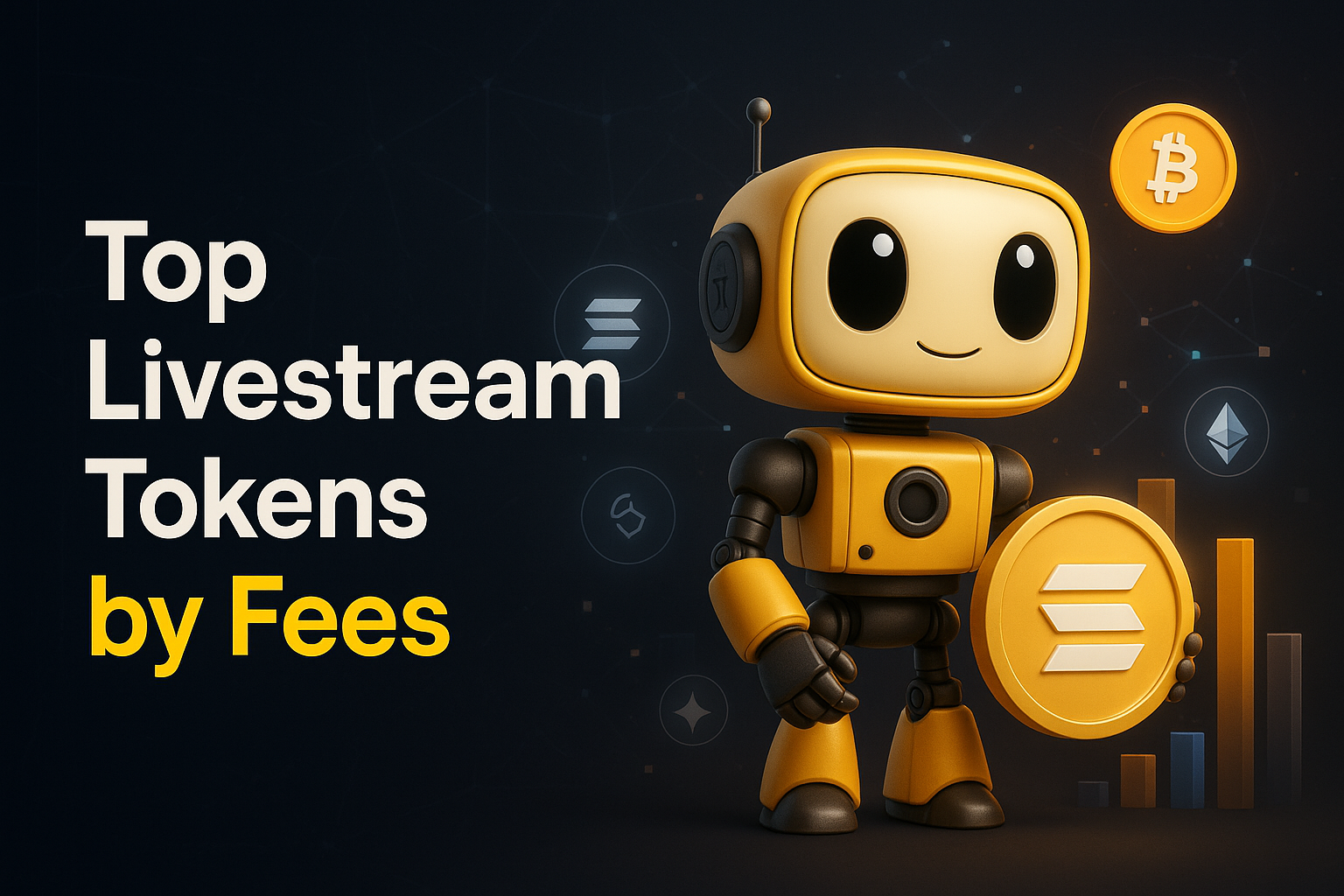

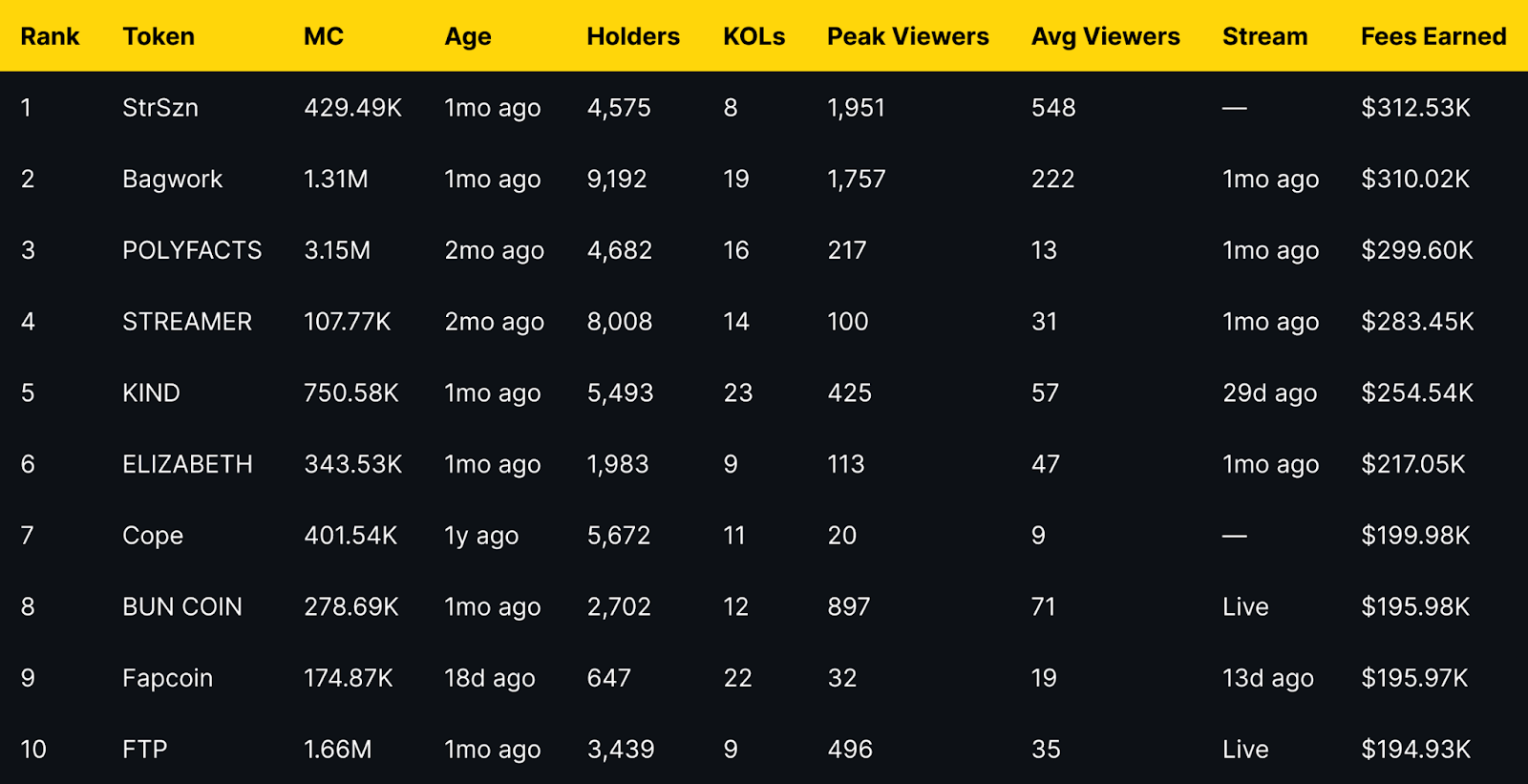
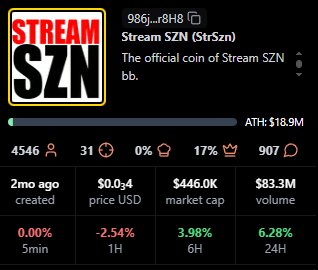

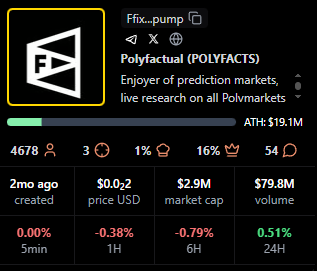


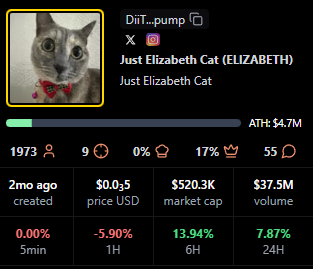
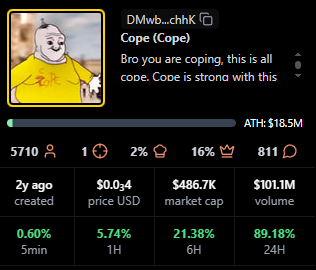
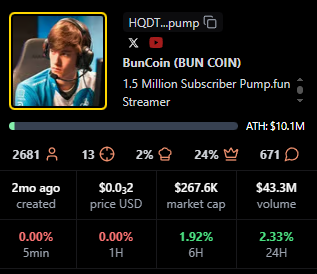

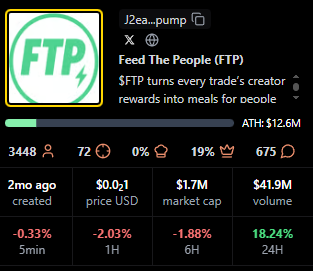

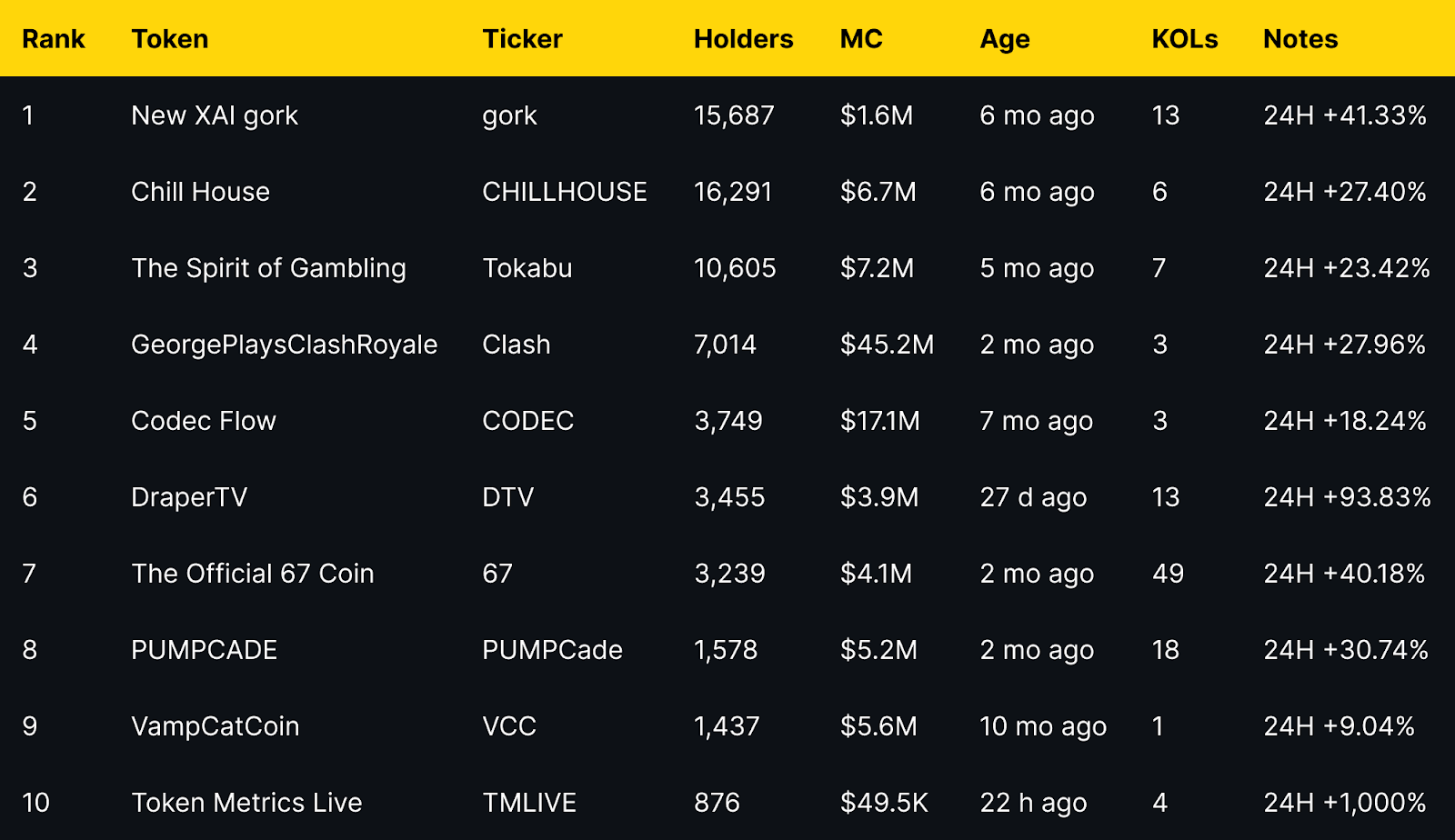
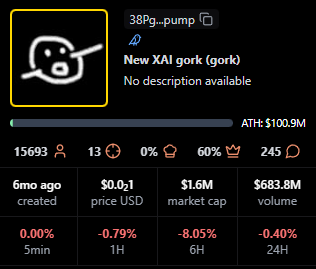
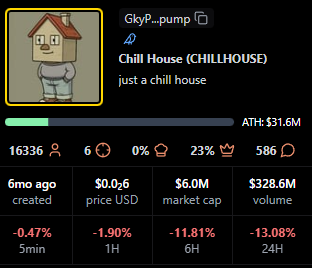
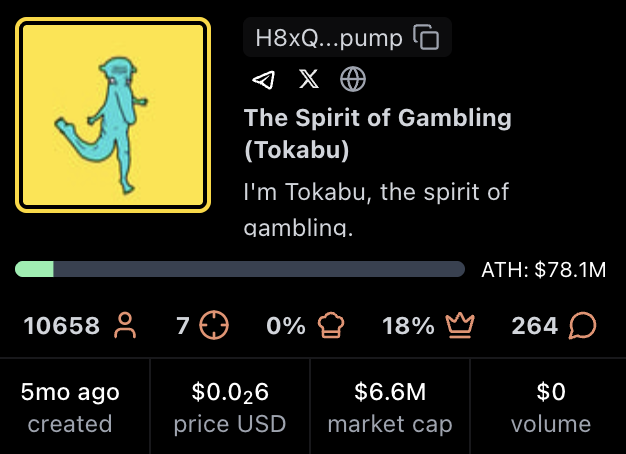

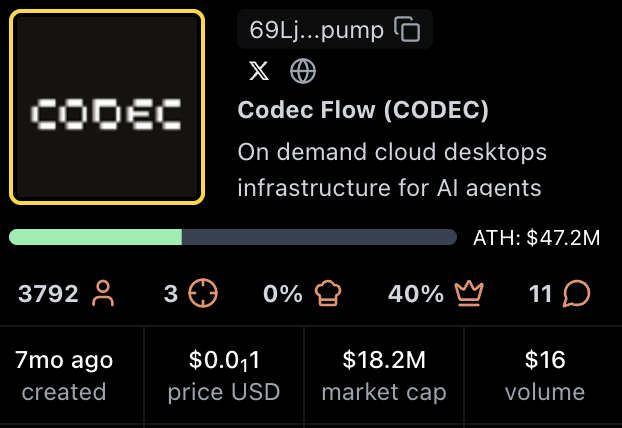
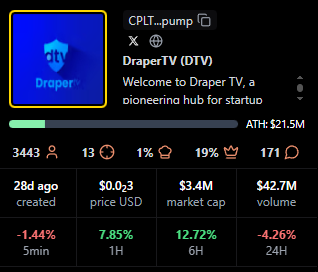


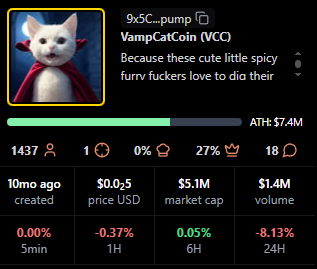
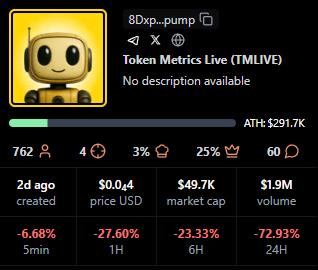
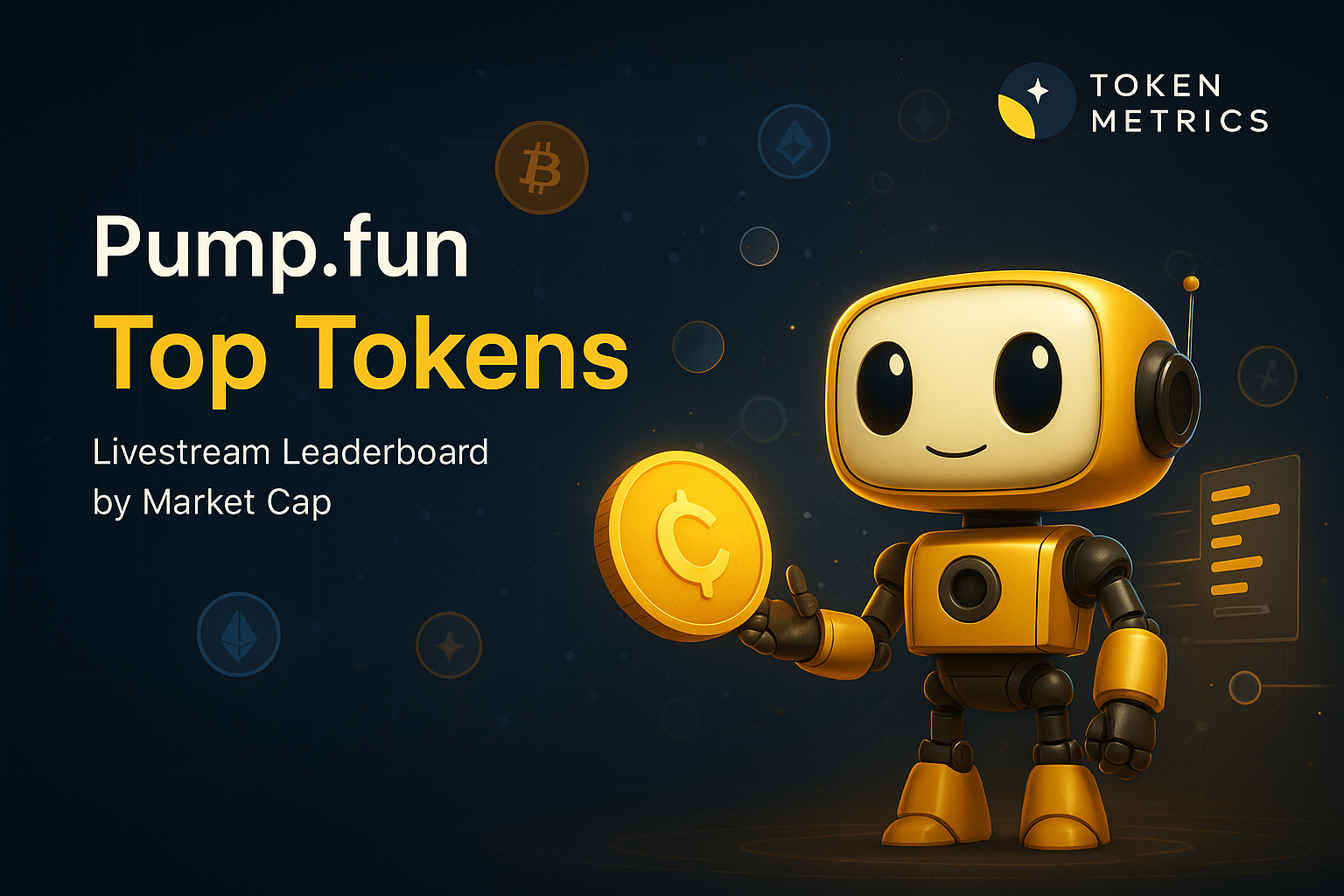
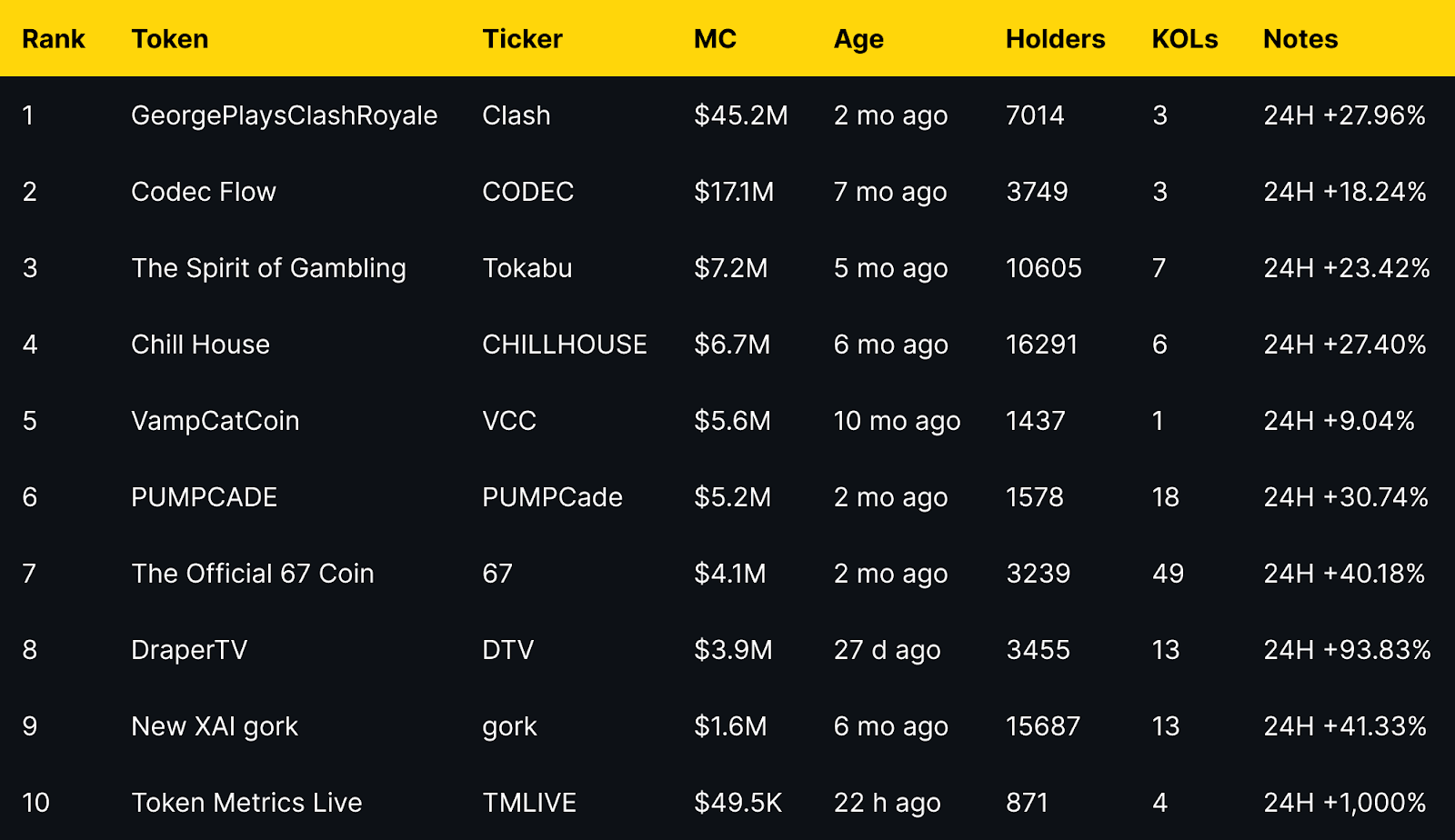



.svg)




.png)